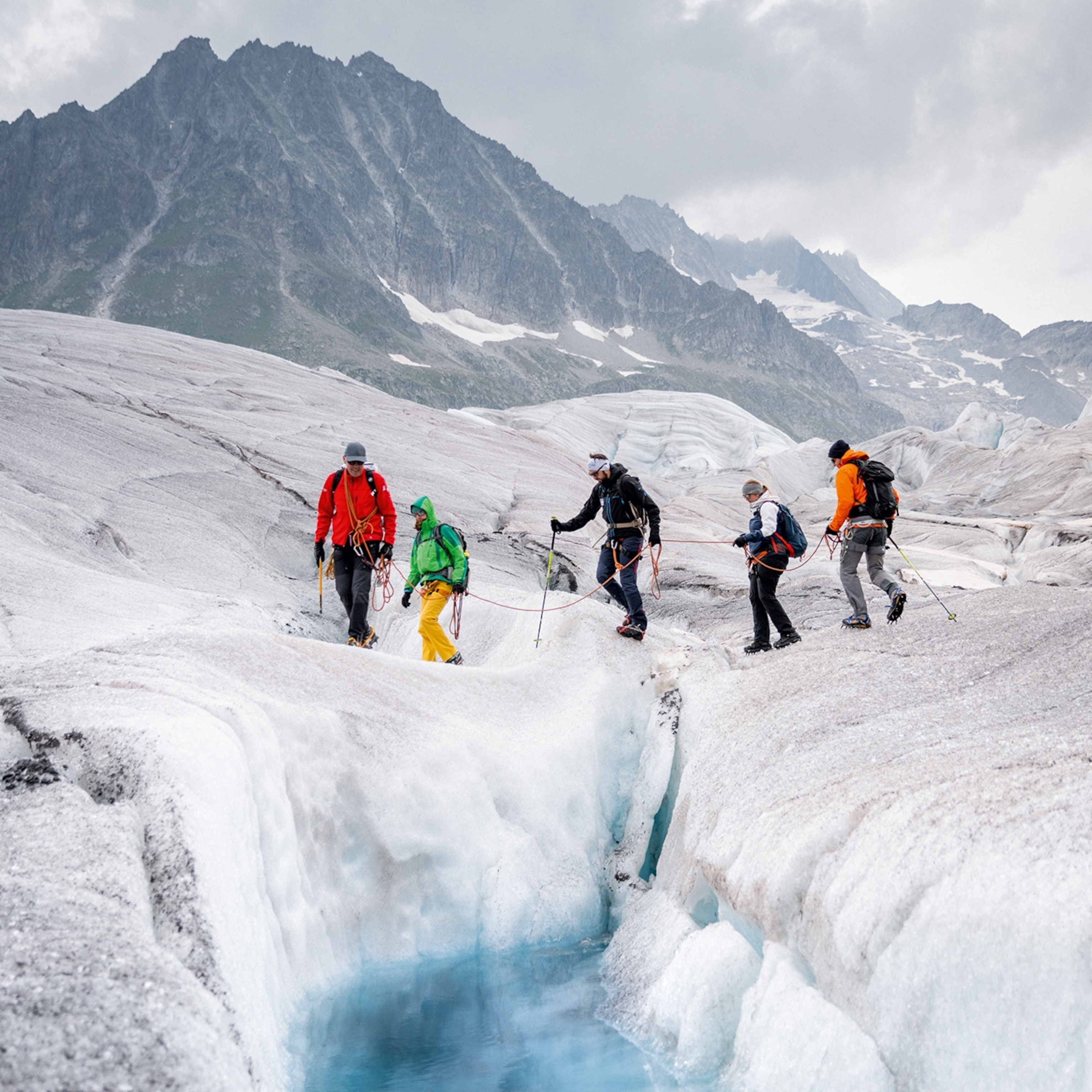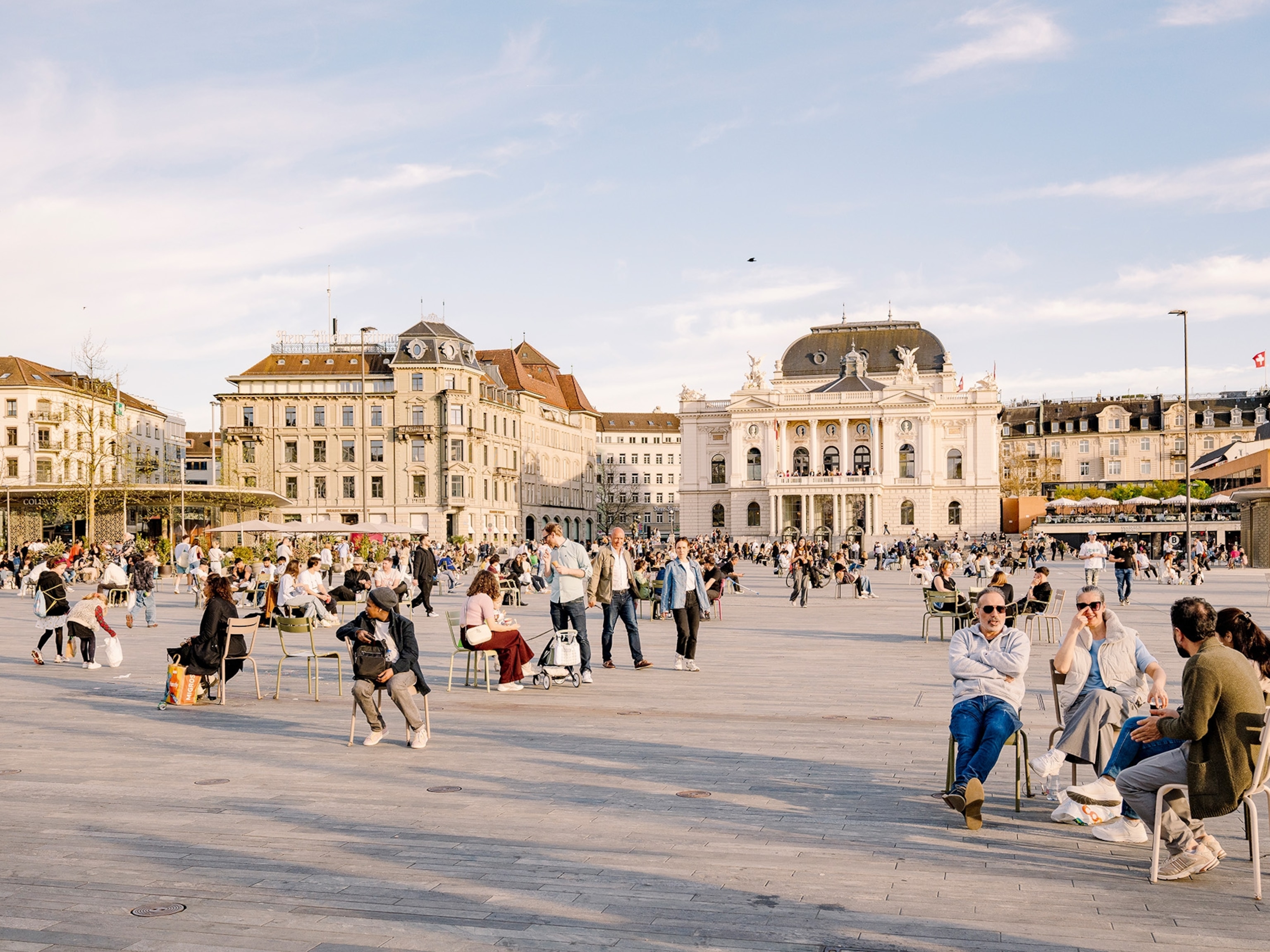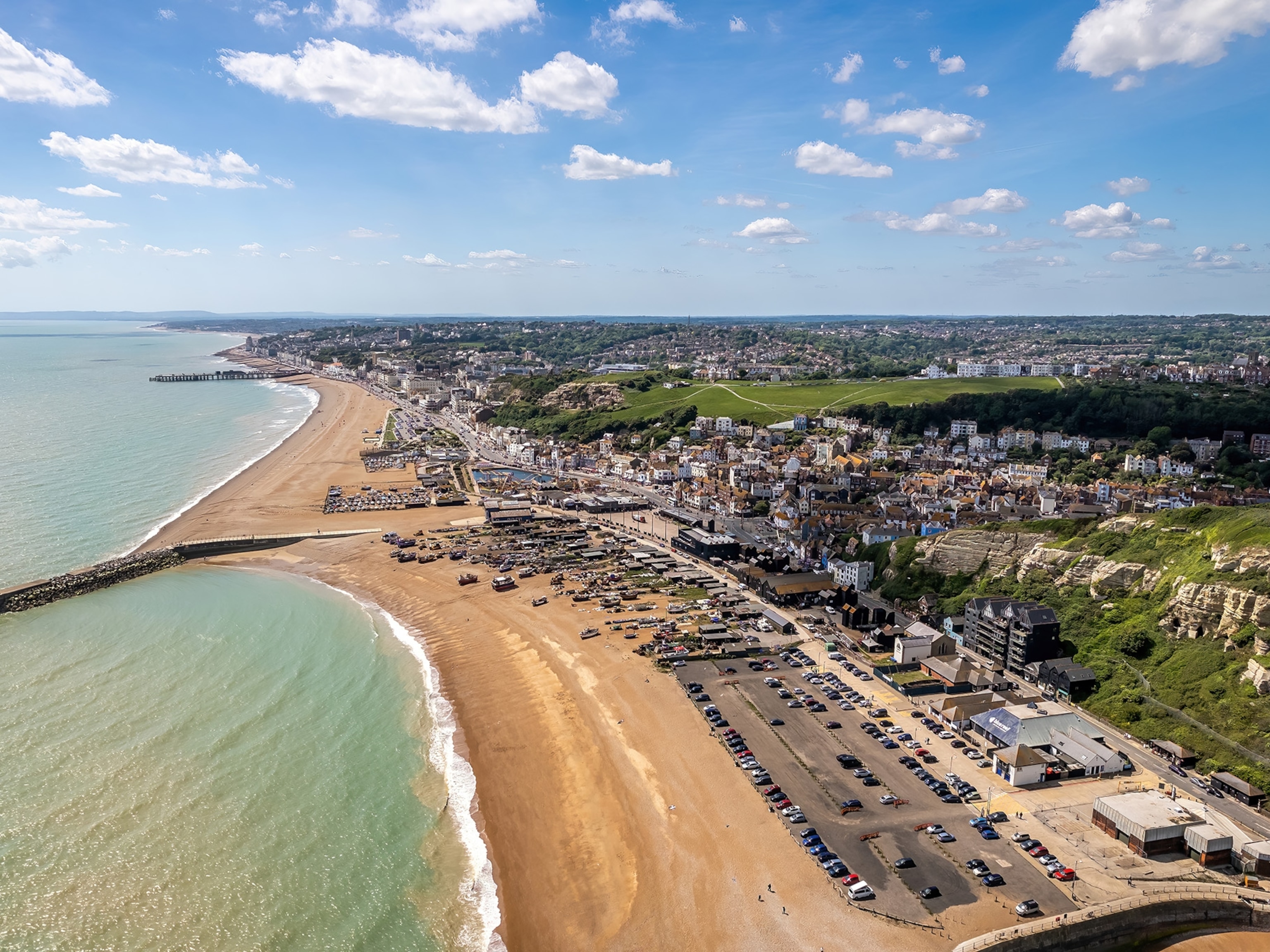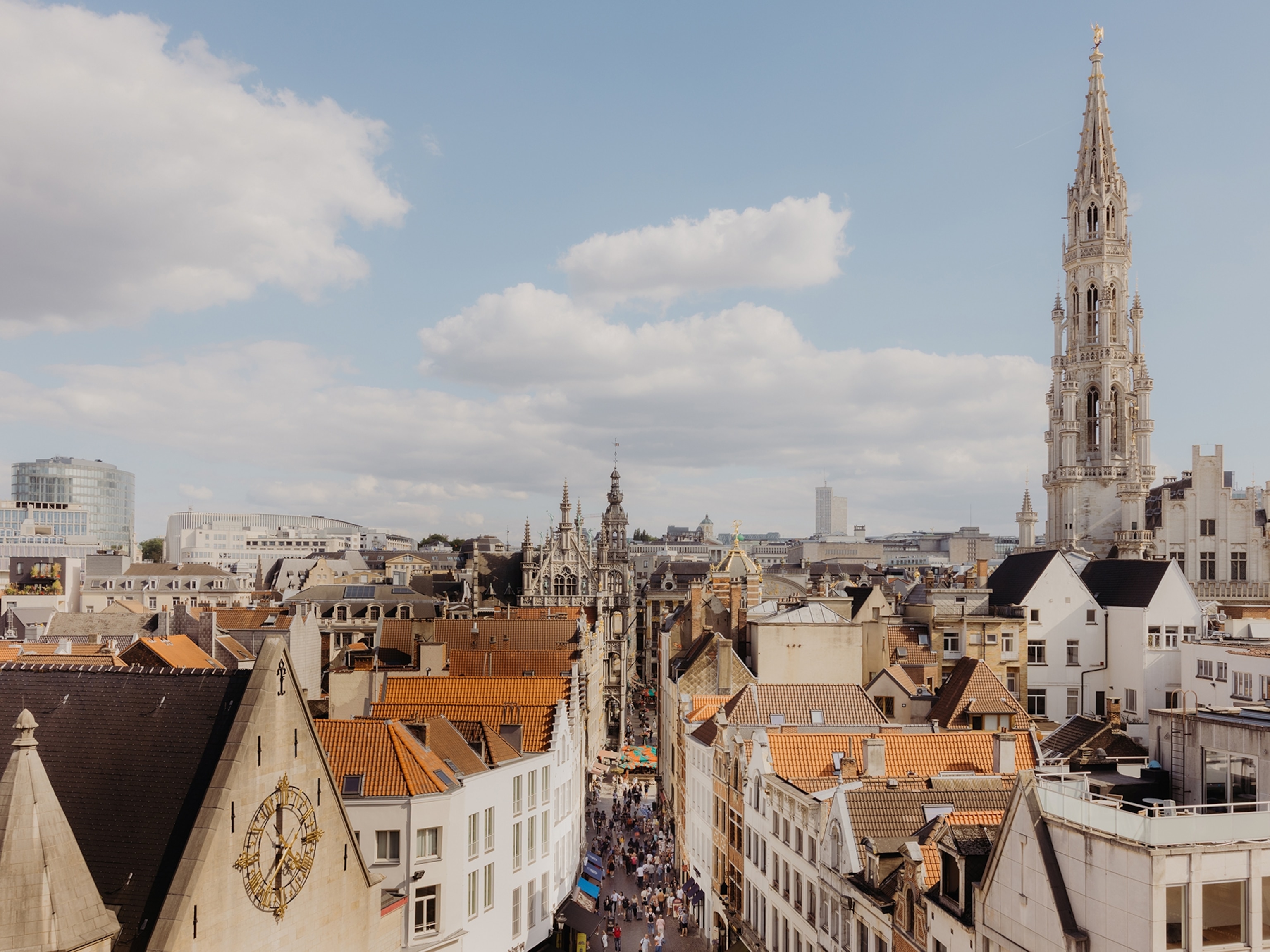
From cities to summits: how to explore Switzerland’s nature in Basel, Zurich, Geneva and Lugano
Few countries stride so effortlessly between the urban and the outdoors as Switzerland. Here's how to experience the best of both worlds, starting in four of the country’s most iconic cities.
In Switzerland, the cities have been built to reflect their geography: reclining on the shores of bluer-than-blue lakes that reflect the skyscraping Alps or backdropped by hills threaded through with forest and vine. Nature is that bit closer to the city and reaching it is a breeze, with trains chugging into the wilds and cable-cars swinging up to the heights in minutes. Swiss cities deliver both worlds: you can spend the morning immersed in art and be diving into a lake or scaling a peak by lunchtime.
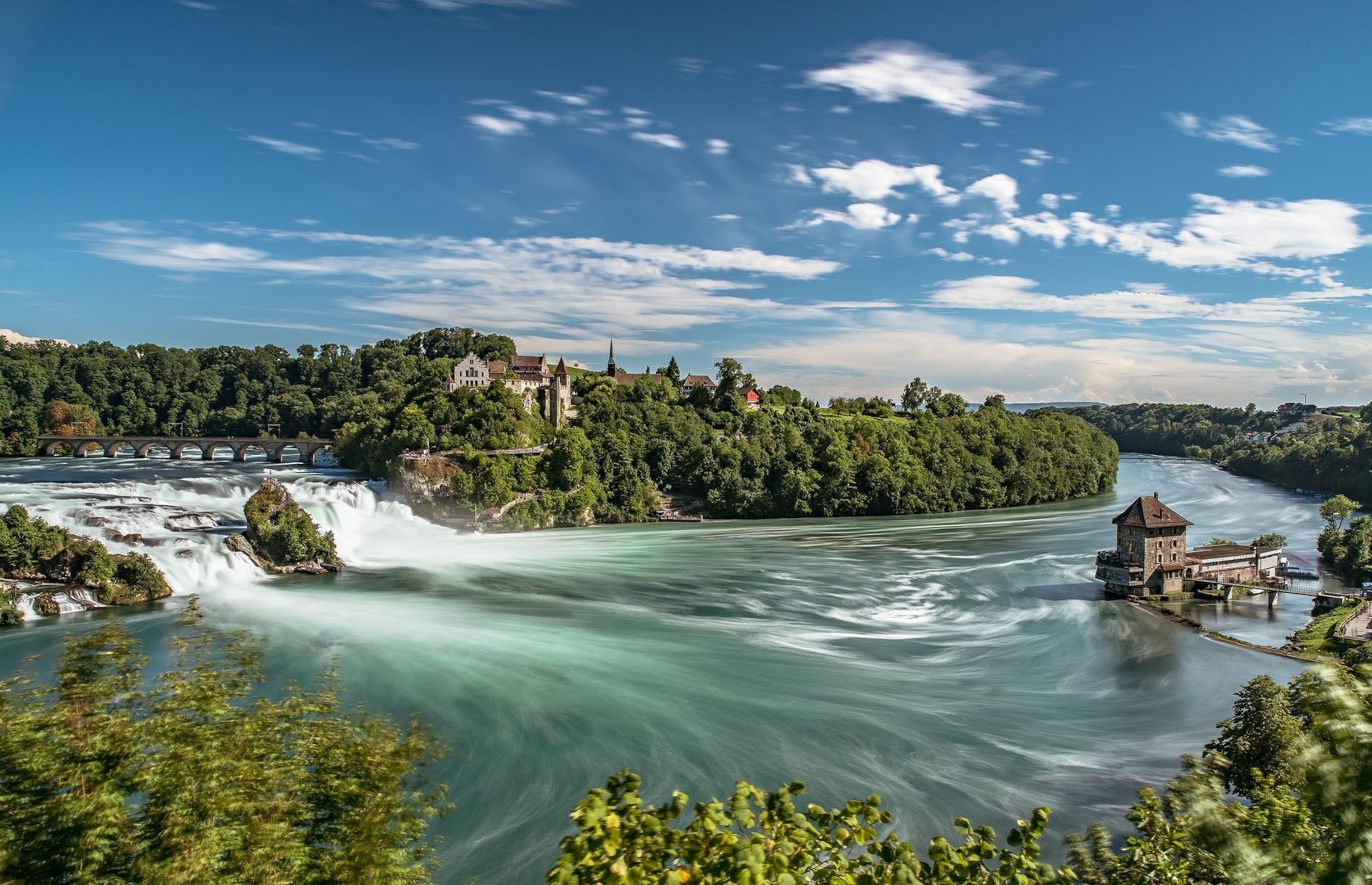
Zurich
Known for its urban buzz, Zurich equally has the great outdoors within its grasp. Divided by the Limmat River and hugging the shores of its eponymous lake, the city’s backdrop is extraordinary, and never more so than on cloudless days when the Alps crowd the horizon. The city’s cultural pull is evident from the first: from the Old Town’s twin-towered Grossmünster cathedral, which shines with Giacometti’s jewel-like stained glass, to blockbuster museums like the fine arts-focused Kunsthaus and the new-wave creativity that pulses in galleries, boutiques and bars in the post-industrial Zurich-West neighbourhood.
When the sun’s out, locals splash at the city’s open-air baths, among them the riverside, ladies-only Frauenbad, the men-only Freibad am Schanzengraben, which doubles as the Rimini Bar by night, and lakefront Seebad Enge, where you can rent standup paddleboards to drift across the lake at your own pace. Zurich also has a designated six-mile, two-hour river float, which begins at Wipkingerpark and ends at Dietikon.
The mountains frequently muscle into the picture in Zurich. For a taste of the not-so-distant Alps, it’s worth taking a 25-minute train ride to 2,850ft-high Uetliberg, where hiking and mountain biking trails command grandstand views across the city and lake to the snow-encrusted Alps. Sunset up here is quite something. Alternatively, take a 40-minute train to Schaffhausen, where the Rhine Falls thunder, Europe’s largest plain waterfall and a colossal force of nature, best discovered on the walking trails that hem the river’s wooded banks.

Basel
Art-obsessed Basel has its finger on the country’s cultural pulse and as such hosts the world-famous Art Basel festival. Beyond the medieval lanes of the Old Town sitting astride the River Rhine, you’ll want to devote time to checking out some of the city’s 40 museums. Top billing goes to the Kunstmuseum Basel, harbouring the country’s foremost fine arts collection, winging you from Renaissance to impressionist masterpieces. Architectural innovation impresses on Basel’s fringes, with the likes of Frank Gehry’s geometrically striking Vitra Design Museum and Renzo Piano’s clean-lined Fondation Beyeler housing a staggering collection of modern and contemporary art. Linking the two, the three-mile Rehberger-Weg leads through vineyards and stops off at 24 public art installations.
The Rhine rushes through Basel’s heart, so if you fancy a swim, get yourself a wickelfisch (a fish-shaped waterproof bag) from the tourist office and head over to Kleinbasel for a down-river float before drinks at one of the buvette riverfront bars. The river is also a refreshing backdrop for a cycle ride, such as the Dreiland-Radweg (Three Country Route) just outside the city, which dips in and out of Switzerland, Germany and France as it wheels through orchards, meadows and vineyards. Rheinraft ups the action on the water further still, with city paddle trips on the Rhine alongside whitewater rafting escapades on a particularly wild, foaming stretch of the river nearby. Standup paddleboarding offers a gentler encounter with the river, and Birs73 offers board rental, classes and even SUP yoga.
Basel is close to some under-the-radar countryside. It’s just a 45-minute drive southwest to the thickly forested mountains, gorges and meadows of the rural Jura region on the French-Swiss border, which is laced with hiking, biking and cross-country trails. Or take an hour’s train ride to Biel on the shores of its pretty namesake lake for swims with views of the Alps, kayak and standup paddleboarding tours, waterskiing, wakesurfing and wakeboarding.
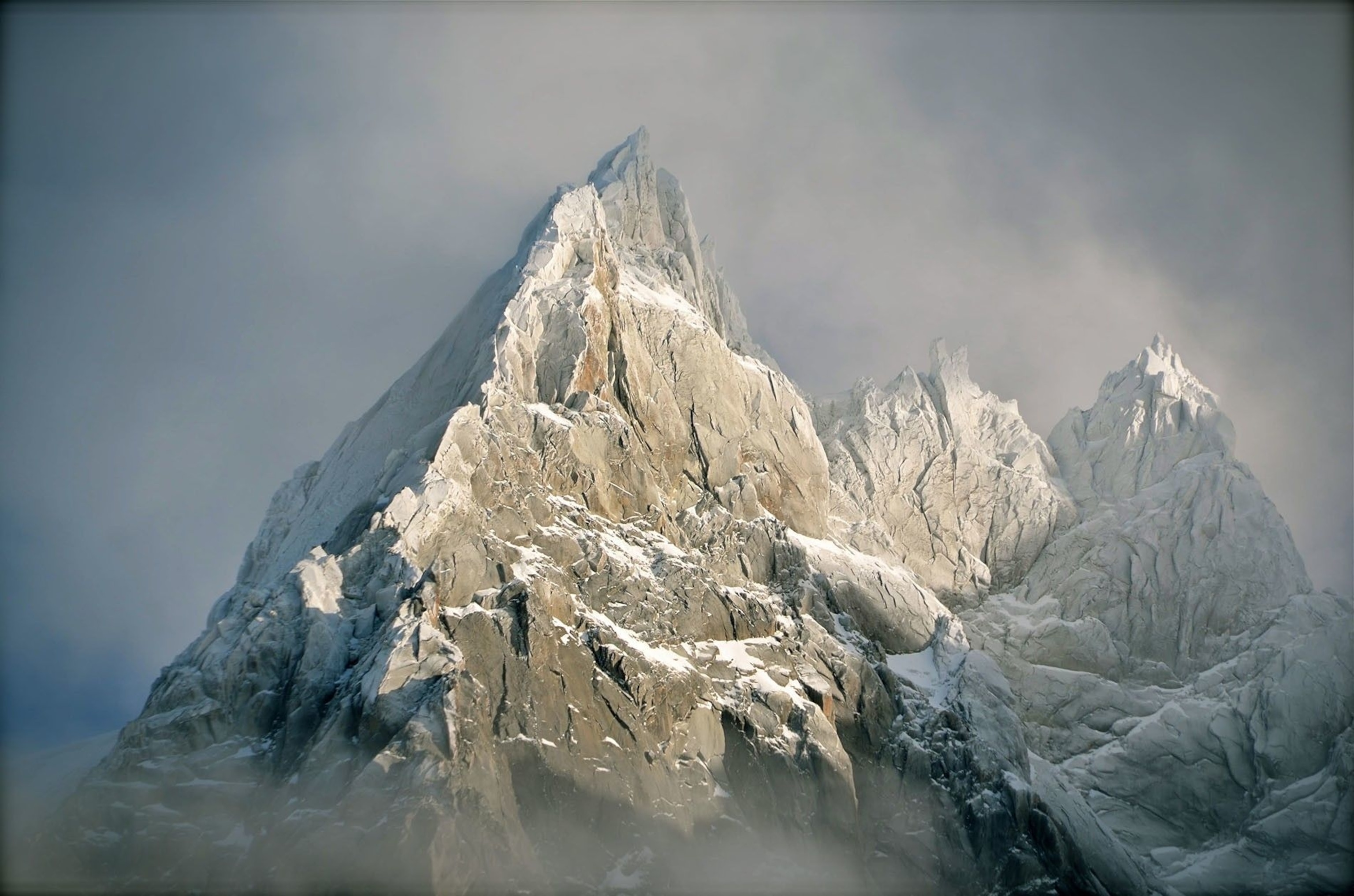
Geneva
Geneva is an instant heart-stealer: a chic, worldly, French-speaking city that sits on the shores of its namesake lake and peers up to Europe’s highest mountain, 15,780ft Mont Blanc. Such views whet the appetite for outdoor pursuits, which can easily be combined with a spin of the city’s trophy sights. Putter past the sky-high Jet d’Eau fountain on a mouette boat, swoon over views walking the Quai du Mont-Blanc’s flowery promenades, delve into the alley-woven, cathedral-topped Vieille Ville or experience the city’s contemporary art scene at factory-turned-gallery MAMCO.
And as for the lake, views of this glittering expanse are your companion on a cruise to one of the pretty villages on its shores, such as Nyon and Yvoire, with their turreted chateaux. If you’d prefer to leap into the lake’s inky depths, head over to the lido at Genève-Plage, where beach bar Tropical Corner rents out windsurfing, standup paddleboarding and hydrofoil surfing gear. Or rent out a bike to pedal the 118-mile Tour du Léman, which circumnavigates the lake.
Geneva is a brilliant springboard for diving into the wider region. An hour’s train ride east takes you to the UNESCO World Heritage-listed Lavaux, where terraced vineyards perch dramatically on the northern shores of the lake. It’s a pretty region for strolls among the vines, like the seven-mile hike from St Saphorin to Lutry, coupled with tastings of Chasselas white and Pinot Noir red wines. Higher, you say? Nip over the French border to Salève, where a cable-car hauls you up to 4,525ft, for a taster of the Alps. On clear days, the peak affords a ringside view of Lake Geneva, the Jura Mountains and Mont Blanc massif.

Lugano
Dipping from Switzerland’s southernmost tip into Italy, Lake Lugano has real southern swagger. Locals chat in Italian, palm trees and botanical gardens bristle along promenades, and forested mountains ripple down to the placid waters of the fjord-like lake. Lugano is the region’s culture-loving showpiece: a city with an easy-going air, cobbled lanes lined with an enticing assortment of trattorias, gelaterias, bars and boutiques, and the MASI gallery spotlighting 20th-century and contemporary art at the avant-garde LAC cultural centre.
This fetching setting will soon have you itching to get outdoors. For a quick dip, there’s the lakefront lido, with a sandy beach, Olympic-sized pool and diving boards. Boats and stand-up paddleboards can be rented at Rivabianca. Or if that sounds like too much effort, kick back on a cruise of the lake, gliding across to villages that cast pastel-coloured reflections into its brilliant blue waters, such as Meride, Morcote and Gandria.
Lugano is buttressed by the twin peaks of 3,035ft Monte Brè — a striking cone of a mountain — and the thickly wooded crag of Monte San Salvatore. Reached by funicular, both afford far-reaching views of the lake to the snow-dusted Alps beyond from their high-level hiking trails. To up the adventure, whizz down from the top off Monte Brè on a mountain bike or flirt with mountaineering on the challenging via ferrata (fixed iron rope way) at Monte San Salvatore.
Lugano is but the prelude for the wilderness that unfolds in the wider Ticino region. Just over an hour’s drive north brings you to the Vallemaggia, where granite-stone villages cower below 9,842ft-high peaks. It’s a lovely spot to swim, raft or canyon in the glassy turquoise Maggia River. The neighbouring Val Verzasca is every bit as ravishing, with hamlets perched like eyries below chestnut forests and above the river. The ultimate daredevil stunt, however, has to be a Bond-style bungee jump from the 720ft-high Verzasca Dam, where 007 made a spectacular leap in the 1995 film GoldenEye.
Essentials
Getting there & around
Regular direct flights connect London airports with both Geneva and Zurich. To hop between cities, the country has a comprehensive and efficient rail and road network. The Swiss Travel System provides a dedicated range of travel passes and tickets exclusively for visitors from abroad. Switzerland Travel Centre offers individual packages and Swiss Travel Passes to discover Switzerland.
When to go
Switzerland's cities and surrounding countryside are beautiful year-round, from the winter when snow carpets the ground to summer, when the sun shines and temperatures are balmy.
To find out more, visit MySwitzerland or for more travel inspiration head to Facebook or Instagram.
Sign up to the National Geographic Traveller (UK) newsletter and follow on social media:
